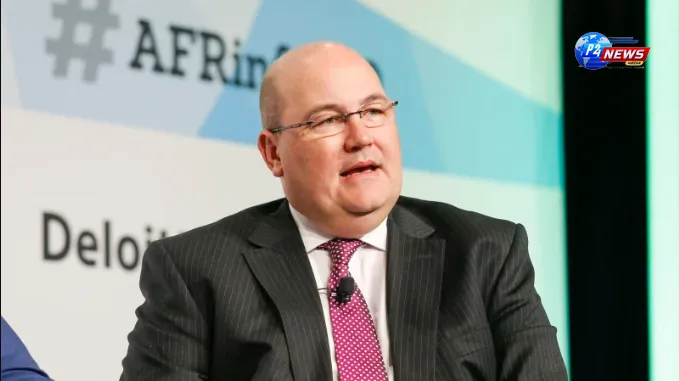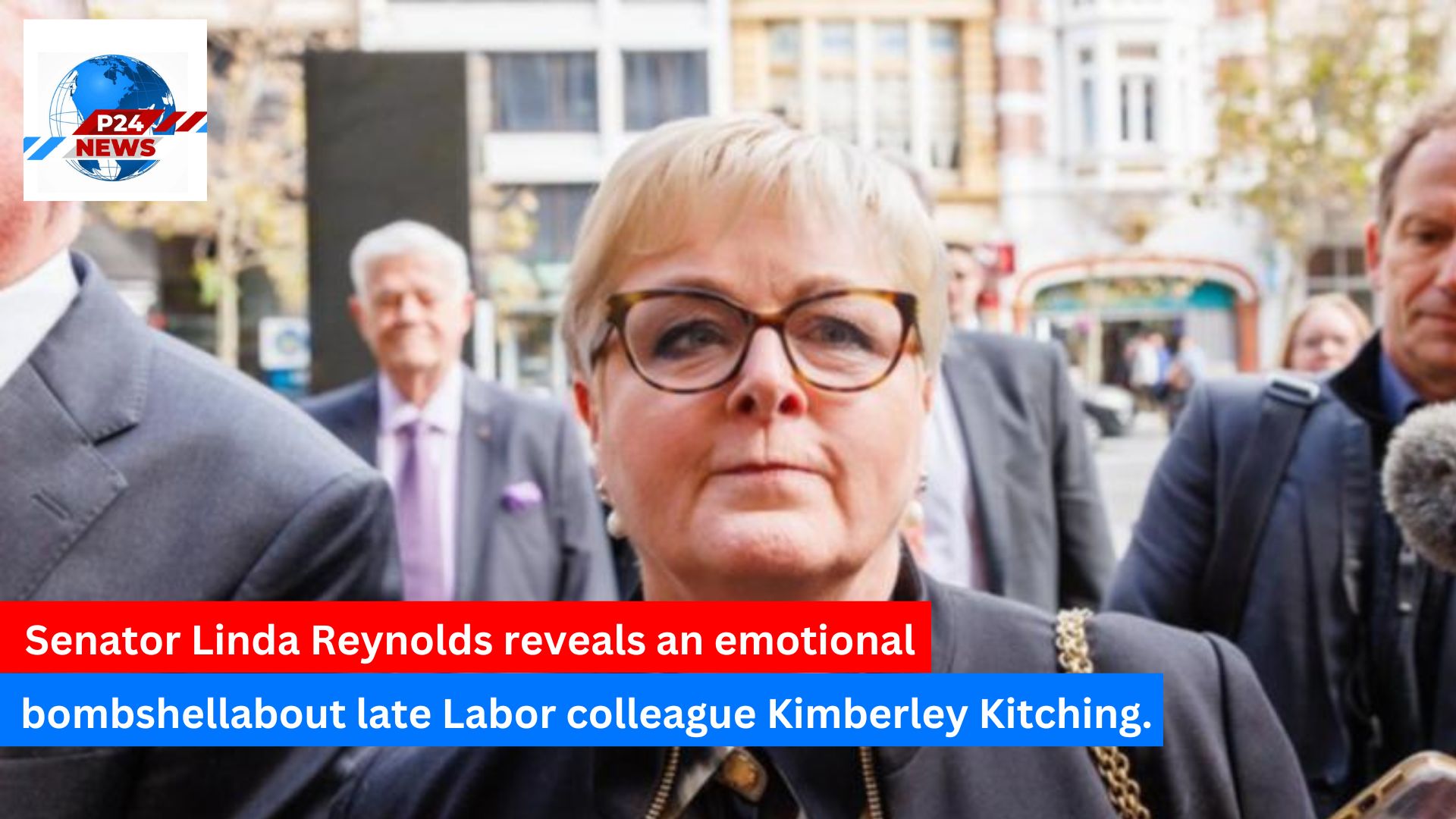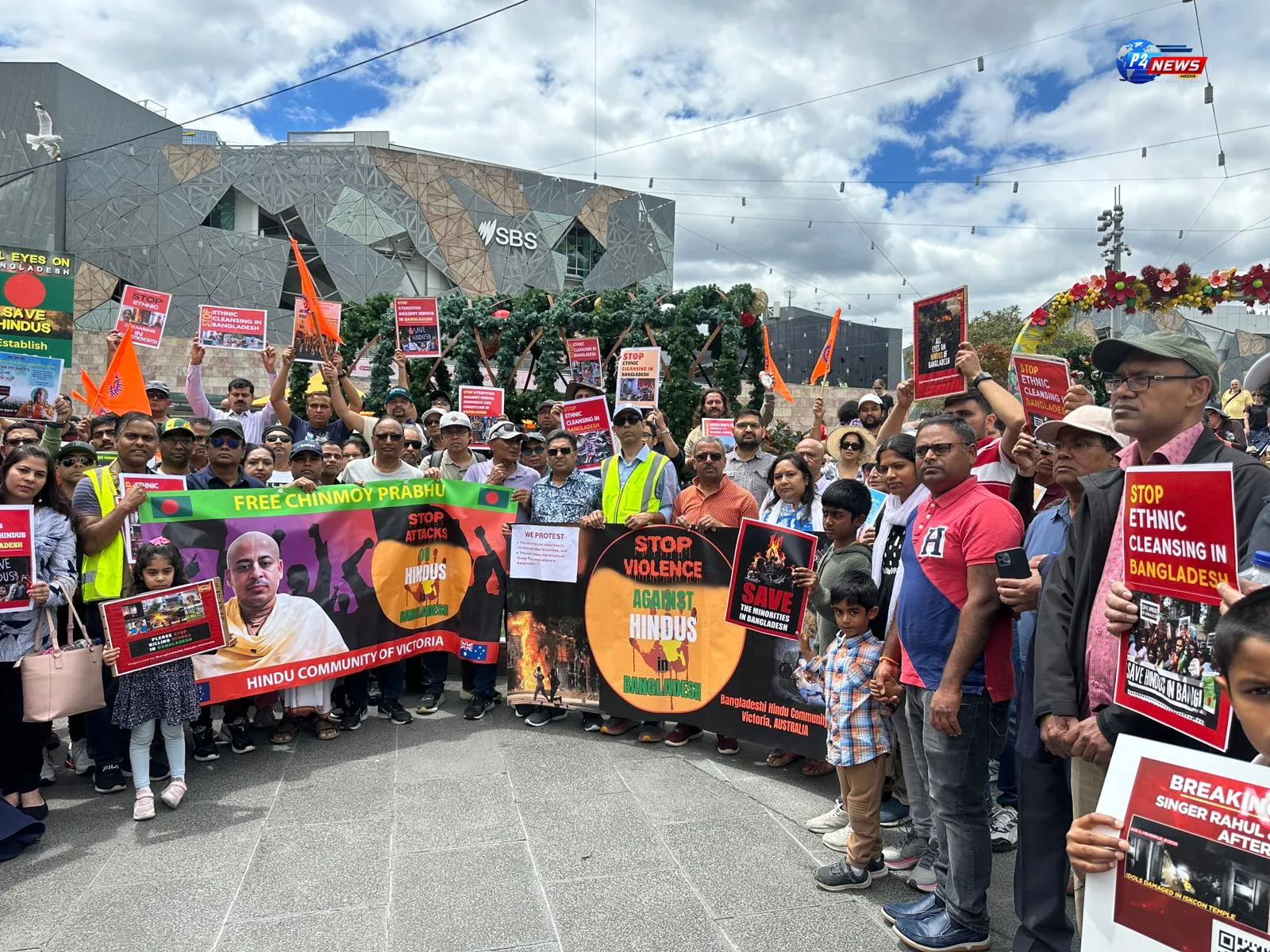Queensland's newly formed LNP government is seeking solutions from other states to curb the escalating expenses of its hospital capacity expansion initiative, which it asserts significantly overran budget under the previous Labor administration.
Queensland's newly formed LNP government is seeking solutions from other states to curb the escalating expenses of its hospital capacity expansion initiative, which it asserts significantly overran budget under the previous Labor administration.
The newly established LNP government in Queensland has taken a bold step by looking beyond its borders to help manage the rising costs associated with the state's ambitious hospital capacity expansion initiative. Health Minister Tim Nicholls has pointed fingers at the previous Labor administration, asserting that the cost overruns have escalated into the billions.
To spearhead this large-scale project, the government has brought in Sam Sangster, who boasts a wealth of experience in delivering hospital infrastructure projects across New South Wales and South Australia. His mandate involves overseeing the expansion of 11 existing hospitals, the construction of three new facilities, and the development of the Queensland Cancer Centre.
Sangster recognizes the magnitude of his responsibilities, but he emphasizes that the onus remains on the government to ensure these projects come to fruition. He stated, "While my role is extensive, it will ultimately be up to the government to execute the plans." His approach will include providing independent evaluations, potentially leading to recommendations that may or may not align with governmental preferences.
Having been involved in the completion of around 130 hospitals across the country, Sangster is confident in his ability to manage and guide the review process effectively. "My experience has equipped me to understand the mechanisms necessary for success," he commented.
As part of his review, Sangster plans to scrutinize all facets of the Capacity Expansion Program (CEP), delving into governance structures, project management methodologies, budgetary challenges, and stakeholder engagement strategies.
Minister Nicholls has raised concerns regarding the CEP's projected budget, which currently sits at $9.8 billion but could surge to a staggering $23 billion, based on insights from certain independent experts. He attributed this potential fiscal crisis to the prior government's lack of foresight in planning and budgeting, stating, "Labor's inadequacies in these areas jeopardize the future expansion of existing hospitals, the establishment of new ones, and the Queensland Cancer Centre."
Additionally, there has been a suspension of the Best Practice Industry Conditions (BPIC) principles in light of this initiative, with the aim of exploring more viable paths to deliver these essential projects.
In response to the ongoing developments, comments have been sought from the Labor opposition, highlighting the importance of transparency and accountability in addressing these issues.
Andrew Chapman, the Chief Executive of the Queensland Major Contractors Association, voiced serious concerns regarding the current state of the CEP. He characterizes it as "very much undeliverable" in its present configuration. "Our recent major projects pipeline report indicates that the health initiative alone would consume all the available trade resources in the state, hampering our ability to tackle housing, energy transitions, water infrastructure, transport infrastructure, and the preparations for the upcoming Olympics," he explained.
Chapman believes it is crucial to strike a balance between these various demands while ensuring that all projects are not only feasible but also deliver value for money.
Responding to inquiries about the availability of a workforce capable of executing such an extensive infrastructure agenda, Deputy Premier Jarrod Bleijie expressed optimism. He remarked that the necessary labor could be cultivated through training or migration efforts.
Furthermore, there are indications that companies which previously exited Queensland due to concerns related to the Construction, Forestry, Maritime, Mining and Energy Union (CFMEU), BPIC, and the industrial relations climate are now keen to return. They have engaged with the government about potential opportunities, which could facilitate workforce reintegration into the state.
"If these companies reestablish themselves in Queensland, they will bring workers along," Bleijie stated, reinforcing the notion that revitalizing the local economy is a top priority for the government. "While this shift might not benefit New South Wales and Victoria, our focus is on Queensland. We want everyone—both Australians and international stakeholders—to recognize that Queensland is open for business."
Like
Dislike
Love
Angry
Sad
Funny
Pray
'Trump Tracker: Tulsi Gabbard's Surprising Appointment as US Intelligence Chief
November 14, 20249th Ayurveda Day in Melbourne: A Celebration of Ayurvedic Innovations and Global Health Impact
November 10, 2024🍪 We Value Your Privacy and Experience Hi there! We use cookies to enhance your browsing experience, provide personalized content, and analyze site traffic. By continuing to use our site, you consent to our use of cookies.







Comments 0